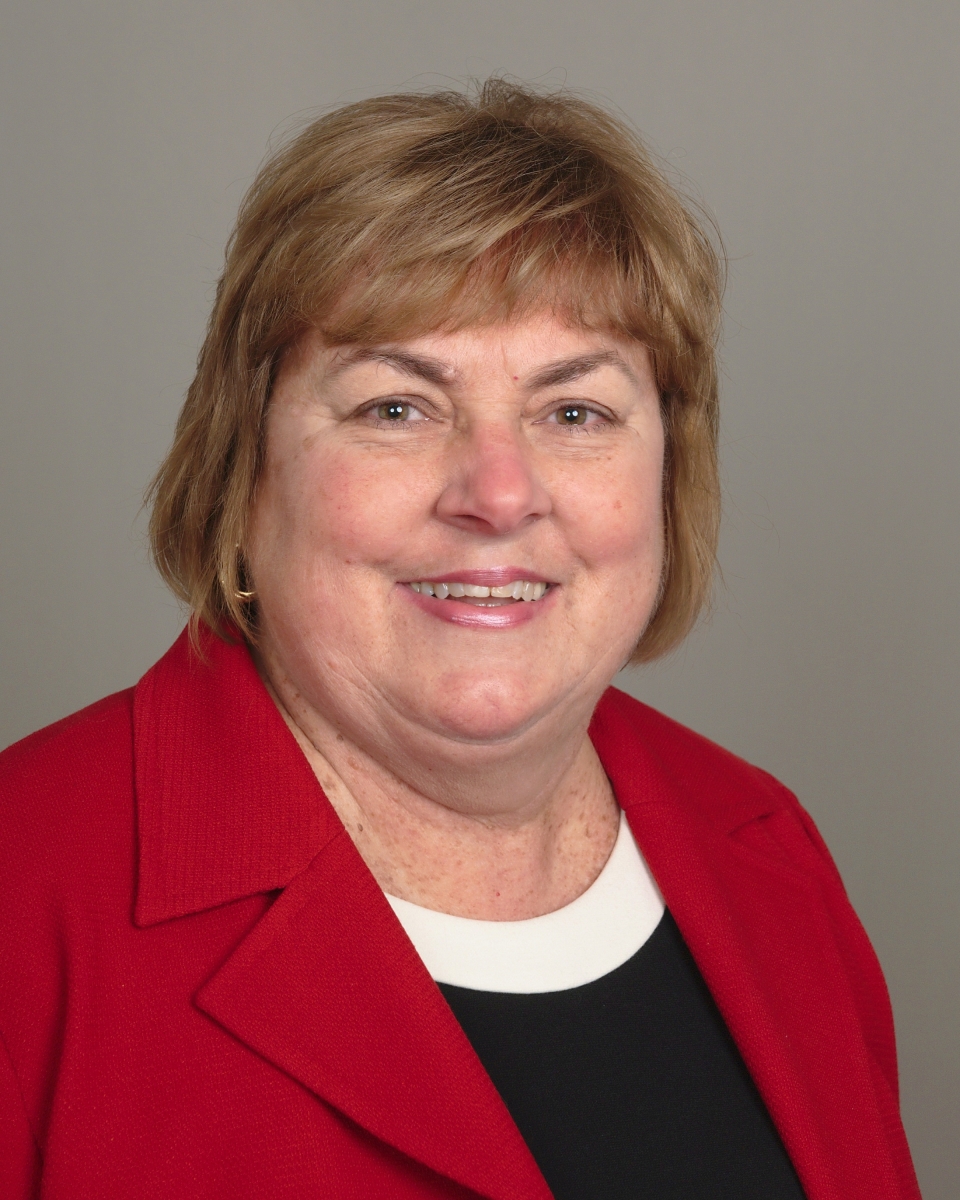Building integrated models for the dual-eligible chronic population: 5 best practices for payers and providers
This population faces many social determinants of health, often having to choose between food and other necessities.

A recent CMS report concluded that 16 million people were enrolled in both Medicare and Medicaid programs. Of those dual-eligible members, 2.55 million were living with substantial health needs including chronic illness, disability and behavior health, and social issues that can be costly to care for. In fact, CMS reports that 20 percent of dual-eligible members account for about 60 percent of Medicaid and Medicare funding.
This population faces many social determinants of health, often having to choose between food and other necessities like medical care, utilities, housing and transportation. Because this vulnerable population is often hard to find and engage in care, and accounts for a disproportionate share of funding, they warrant receiving priority outreach activity.
Community-based interdisciplinary care management models that take a holistic, patient-centered approach by pinpointing access and engagement have been shown to successfully transform the lives of this dual-eligible population with their complex set of needs. Take the recent case of "Jane," a dual-eligible enrollee at a health plan. At 69 years old with multiple comorbidities, Jane had been in and out of the hospital eight times in 2016. After involvement in a robust care management program, she's had no new admissions.
Whether you work for a payer or a provider, now is the time to start looking at your business model with an eye to begin incorporating integrated models. As you plan for the future, there are five best practices that can help you chart your course. By putting in place similar tools and processes, you can be on your way operating a robust special-needs program from both an administrative and clinical perspective.
- Expand your scope. For payers, evaluate solutions that help identify and enroll more dual-eligible members to ensure every qualified member gets the benefits they deserve. Also, be sure to add or improve member-engagement programs to encourage this population to take a proactive role in health improvement. For providers, this means determining how to better reach these vulnerable members and provide a more holistic approach to care. Consider nurse practitioners who can spend more time with patients to identify their needs and focus on gaps in care, especially for this population who might be home-bound or institutionalized in a custodial stay at a nursing facility. Ensuring patients get what they need will help reduce avoidable readmissions.
- Integrate care. If you're a provider, you need to take a more holistic approach to caring for this chronic, high-risk, high-cost population. Make investments that enable you to collaborate with payers so both parties can understand gaps in care or missed opportunities for coding, and then remedy them before the patient comes in. On the payer side, share data analytics with providers and work together to engage those hard-to-reach members to see their providers.
- Transform your care coordination model. Whether you are part of a large physician group with case management or you're a payer, a best-model approach for this population includes a combined ability to conduct both telephonic and field-based case management and coordination of care. You should have protocols in place when patients arrive in the ER or are admitted, including making sure they have the equipment and supplies needed at home. Also, integrate solutions that help ensure the patient follows their care plan. Utilize patient navigators at physician offices or implement programs to help members coordinate appointments and find transportation.
- Advance your case management. At a minimum, it's important to develop a care plan, identify chronic disease and monitor it. To advance your case management, you ideally need a platform that's integrated with the physician's electronic health record. You also need a robust, post-acute transition-of-care program for admitted members that includes links to chronic disease management, education and preventive care.
- Improve care. Both providers and payers need processes and procedures to help this vulnerable population address both healthcare and social services needs. If you're a provider, understand the patient history, gaps in care and diagnostic coding for risk-sharing contracts to ensure this information is captured in the chart when the patient is there. If you're a payer, have adequate resources to handle the high volume of assessments; then do a good job reviewing your assessments and care plans to ensure they're meeting the model of care required within your Medicare Advantage program.
Transforming the lives of the dual-eligible chronic population won't happen overnight, but a high-touch, integrated care management approach enables you to focus resources on the population who needs it most.
Want to learn more? Watch the recording of our recent webinar: Transforming the Lives of the Dual-Eligible Population.
Source: CMS 2018 report; Baby Boomers and Beyond: Facing Hunger after Fifty, July 9, 2015; FeedingAmerica.Org (funded by AARP)
About the Author:

Cindy Garvin, senior manager, Change Healthcare Consulting; supported by Jim Dalen, chief health economist, Member Engagement at Change Healthcare
© 2017 Change Healthcare LLC and/or one of its subsidiaries












































